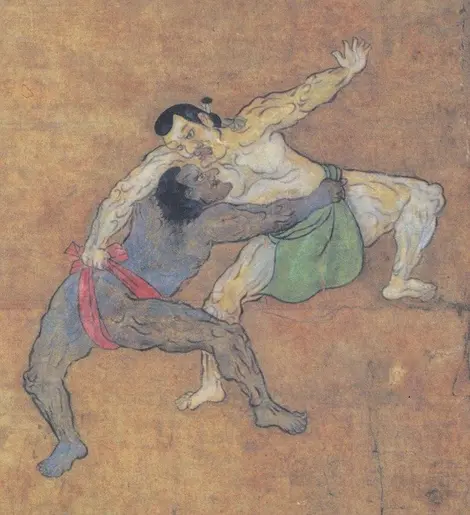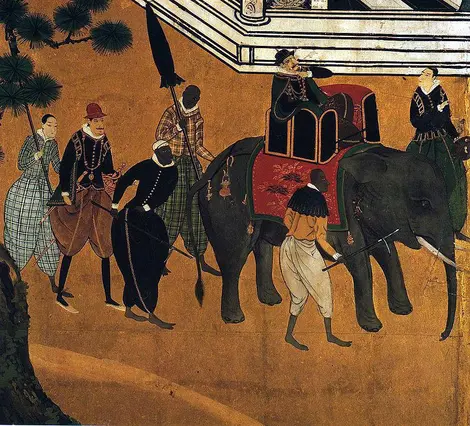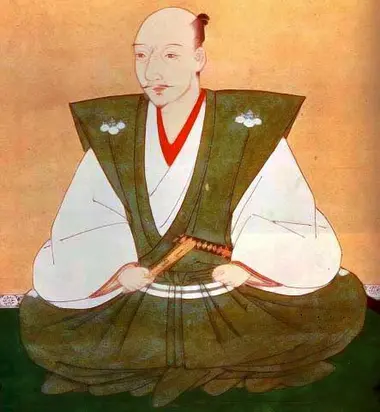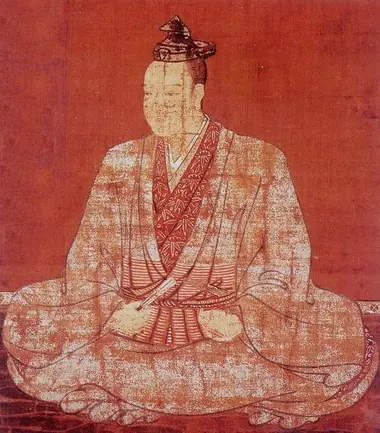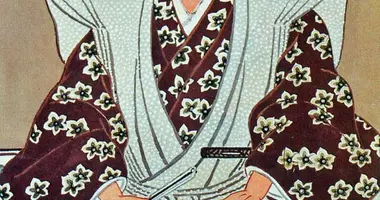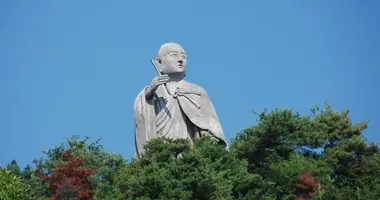Yasuke 彌介
- Published on : 08/04/2019
- by : S.R.
- Youtube
Yasuke, the African samurai
Japan during the Sengoku period experienced many upheavals, with newcomers among the petty lords who, took advantage of the lack of central control, expanded their domain, and increased their domain and wealth. This complete upheaval is also illustrated by the first arrival in history of Westerners, with the Jesuits and Portuguese merchants, but also by the arrival of an African slave: Yasuke.
A slave's youth
Yasuke would be from Mozambique, a land in full Portuguese colonization since 1498 with the passage of Vasco de Gama.
He would have been born there between 1530 and 1540, within the Makua ethnic group, and would have been captured by slave traders to be sold in the colony of Goa in India, where he then worked for the Jesuits for several years.
It was the arrival on the island on September 6, 1574, of a Jesuit priest Alessandro Valignano, in search of a robust bodyguard, that changed his destiny.
The latter chooses Yasuke, with whom he leaves Goa on September 20, 1577, for a journey that will take them through Malaysia, Macao, and finally arrive in Arima, near Nagasaki (on the island of Kyushu), on July 25, 1579.
- Read also: Christians at the museum
The extraordinary destiny
The arrival of an African man was viewed in astonishment and curiosity. Above all, Alessandro Valignano decided in 1581 to go to Kyôtô, where the greatest warlord of the time resided: Oda Nobunaga.
The first of Japan's three great unifiers is fascinated by this tall, powerful dark-skinned man whose color persists even after he orders a bath.
Nobunaga then asks the Jesuit priest to leave him Yasuke, which he accepts, and he then makes him one of his samurai.
Yasuke, also known as Kuru-san's "black gentleman" takes part in the combats of the daimyo, marries one of his adopted daughters, and obtains a post of court adviser. It is also at this time one of the permanent attractions of the court of Nobunaga.
- Read also: Visit Kyoto in the footsteps of Hideyoshi
A mysterious end
The end of this more than atypical course coincides with the fall of Oda Nobunaga, betrayed by his general Akechi Mitsuhide, who pushed him to commit seppuku during the attack on Honno-Ji.
Yasuke could not bring himself to follow his master in death and sought to fight. Captured by Mitsuhide, who considered him a beast, was not put to death. However, no trace of him remained after his capture, and his remains unknown. Today, Yasuke remains in Japanese memory and culture, being the only African samurai to have existed.
Popular, he made appearances in many works. An itinerary exhibition on Yasuke was launched last summer in Yaounde, before wandering around different parts of the globe (and in Japan, of course!).



